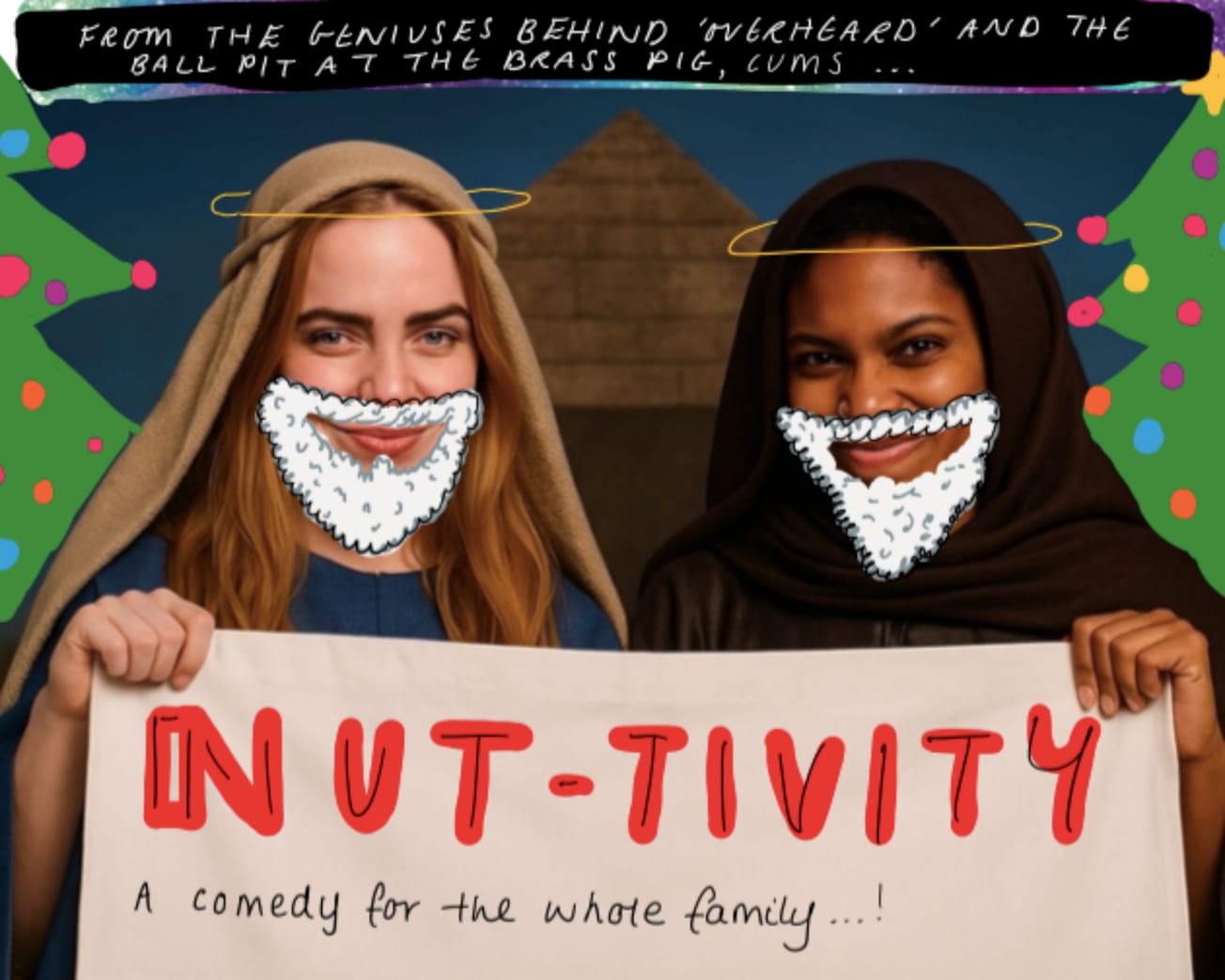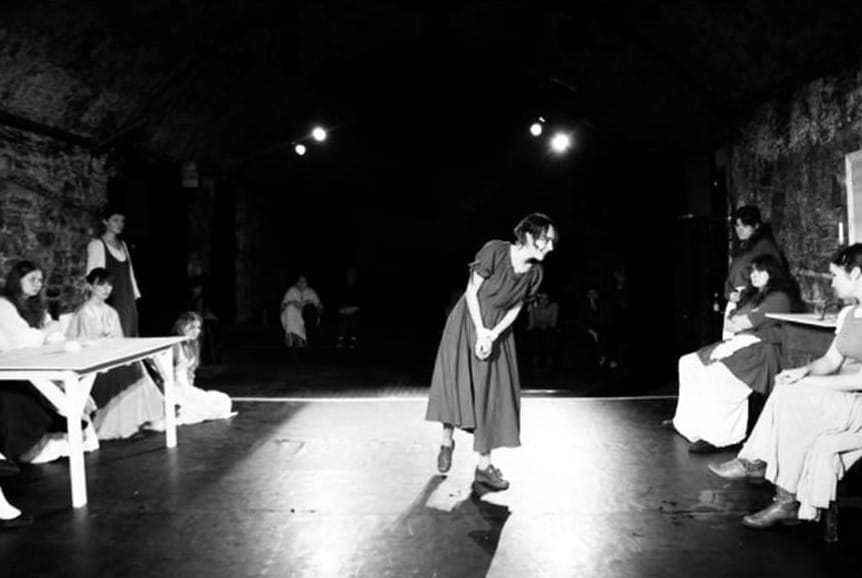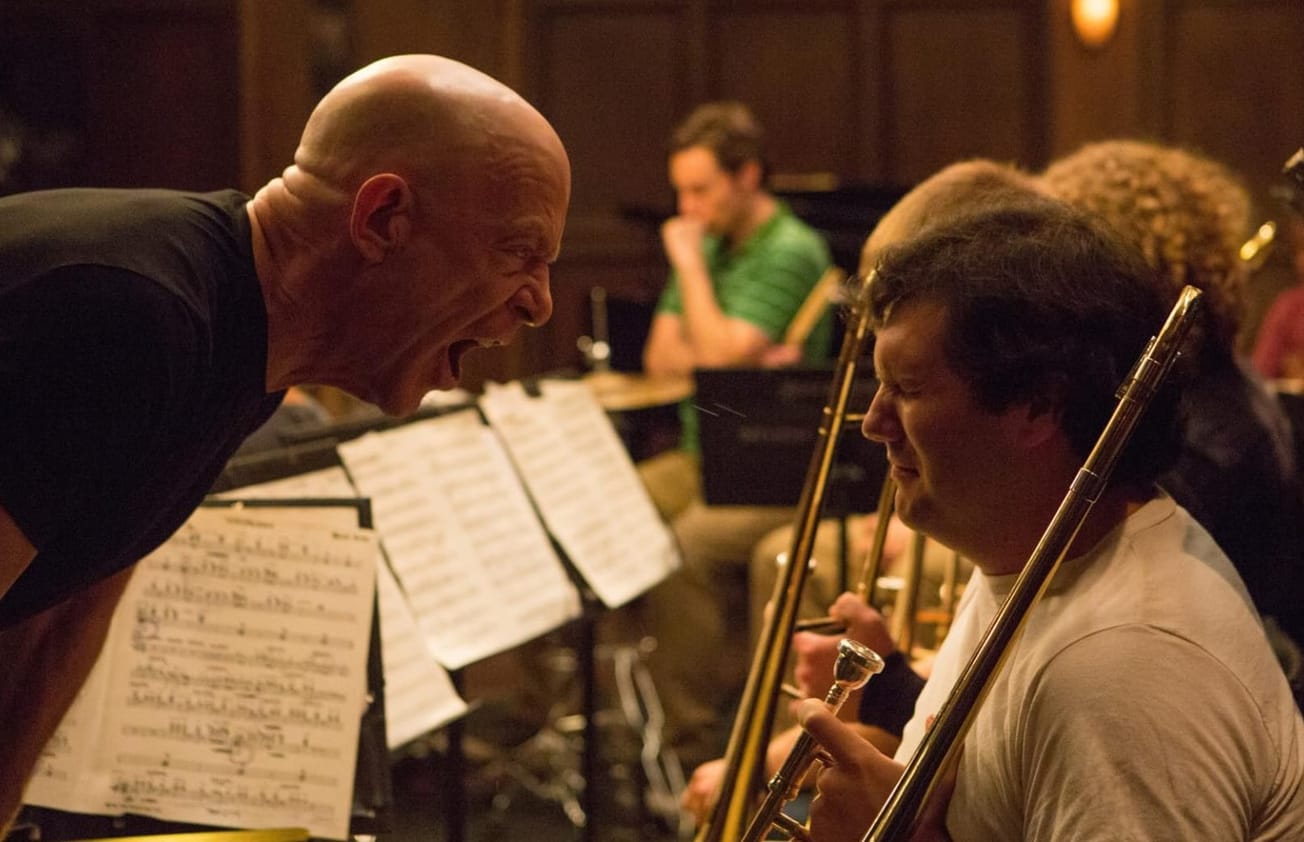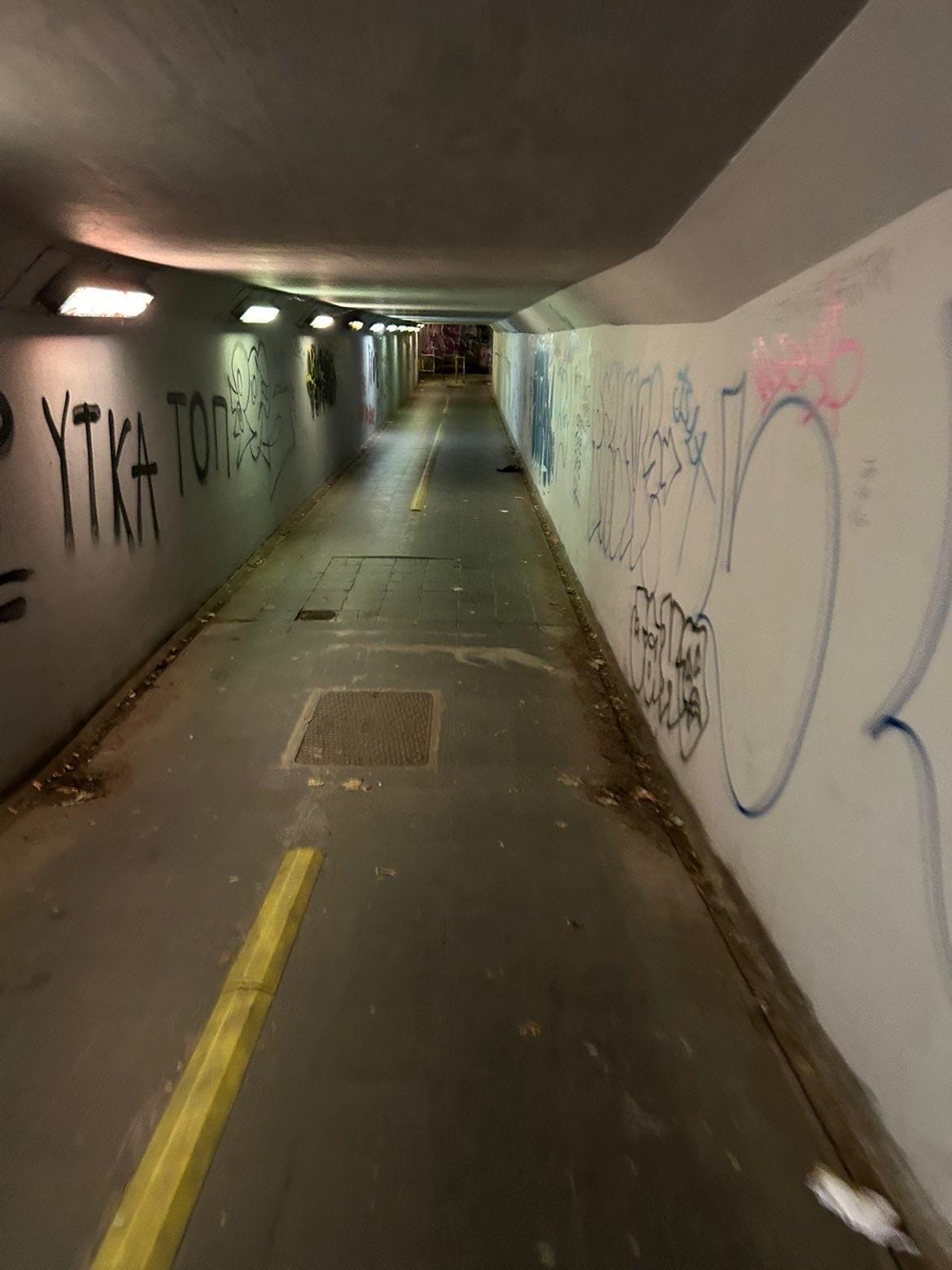By Isabel Williams, Co-Deputy Arts Editor
Recently, I got a little drunk and a little philosophical with a friend of mine and we started talking about what it was that attracted us to the arts. As two students of English literature, we both agreed unquestioningly on our gut feeling that art was important but found we struggled to convey exactly why we felt this way. Eventually, I produced an explanation we could both agree on: ‘I think because at its core, it’s all about people’, I said. ‘Ultimately, it’s all about who’s making it or how it’s being perceived’. However pretentious our tipsy conversation may appear from the outside, it’s a sentiment that I feel (even whilst sober) rings true.
Whatever the aim of the artist, art is one key way of bringing people together. We see this in the millions of tourists who travel the globe every year just to immerse themselves in the art of their neighbouring countries, as well as in the long-standing preservation of cave paintings from centuries past. Art’s ability to transcend language barriers and generational gaps makes it a form of communication in its own right. The quote ‘Art cannot be created in a vacuum’ aims to demonstrate how no art can be totally original, but I feel it also speaks to how, by weaving itself into the fabric of human history, art also weaves every one of us together.
Frequently, art becomes the very life force at the centre of a community. Its accessibility allows many marginalised groups the space to explore their identity as a collective. During the height of New York’s underground ballroom scene, the performative art of drag was an opportunity for those who had been ostracized from society because of their race, sexuality or gender identity to form a society of their own. Making art as an individual can be empowering, but a choir of voices is always much stronger than a single one. Drag was - and still is - an art form that demanded visibility. It grew not only as a form of art but as a form of rebellion. Like any rebellion, it could not have had the momentum it did without the participation of many.
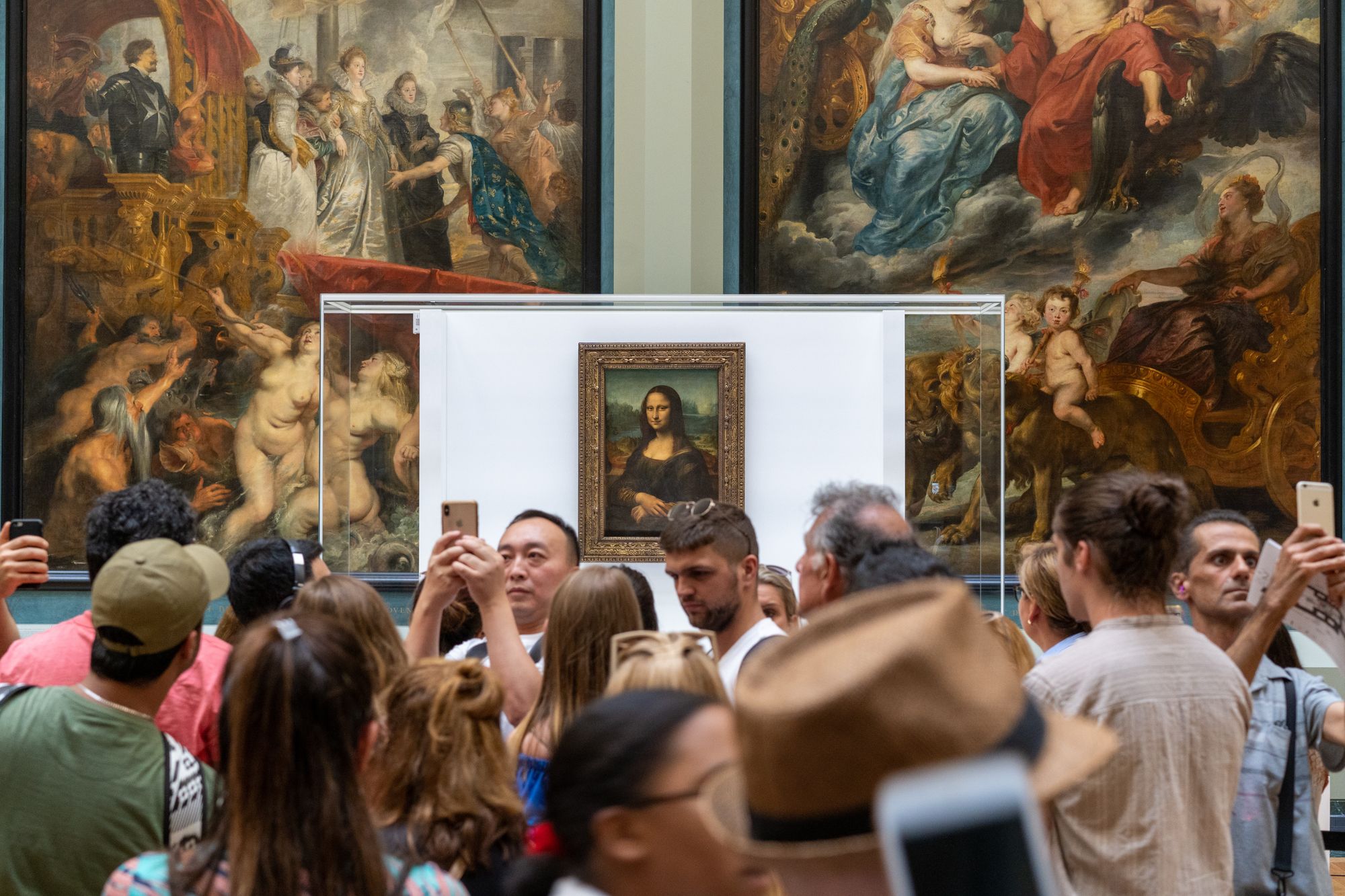
After all, there is a reason why we refer to certain genres of art throughout history as ‘movements’, because many historical art styles were introduced in protest of those who dominated society at the time. Like an avalanche, they built momentum, collecting multitudes until their impact became undeniable. Art’s ability to instil pride in a collective identity; to provide mutual recognition and support in dark times and to provide a space for those who dare to challenge the status quo makes it an immensely powerful, unifying force.
It was this sense of unity through shared experience that formed the core of Grayson Perry’s art club. In 2020, the iconic British artist called for people across the country to send in their artworks for a collaborative exhibition project. I was fortunate enough to see some of the final selected pieces when they were displayed in the Bristol Museum in 2022. There was a distinct impression that despite the individuality of every piece, they all acted as part of a much greater whole. Created by people who had undergone the same strange phenomenon, the exhibition was like a great feast in which every artist proffered their own unique dish. Grayson Perry’s art club was an attempt to remind the people of Britain of the qualities we share even when physically isolated. It took something destructive, a pain that we had all born in different ways, and turned it into solidarity. It was a message telling us that we were not alone.

With this in mind, it is hopefully evident how the presence of art in an unknown setting can be a real blessing. When it comes to starting university, art is the focal point of interest for so many social groups. It’s this shared love that brings together people on their courses, in societies and the creation of student projects. Art can provide a comforting familiarity, but a change of location also means new sources of inspiration and new people to share them with. It is because of their shared proximity and their passion for the arts that we were brought to the Monty Python crew of Cambridge University, as well as the Young British Artists of Goldsmiths College of Art.
Much of the creative output conjured by the wonderful University of Bristol societies wouldn’t exist if it weren’t for the communities working eagerly to put them together: Fashion Society’s Trashion Show, Drama Society’s theatre productions, Art Society’s annual exhibition and of course, the paper you are reading right now.
Featured Image: Unsplash / Sandy Millar
How do you feel art has helped you to find your community?



